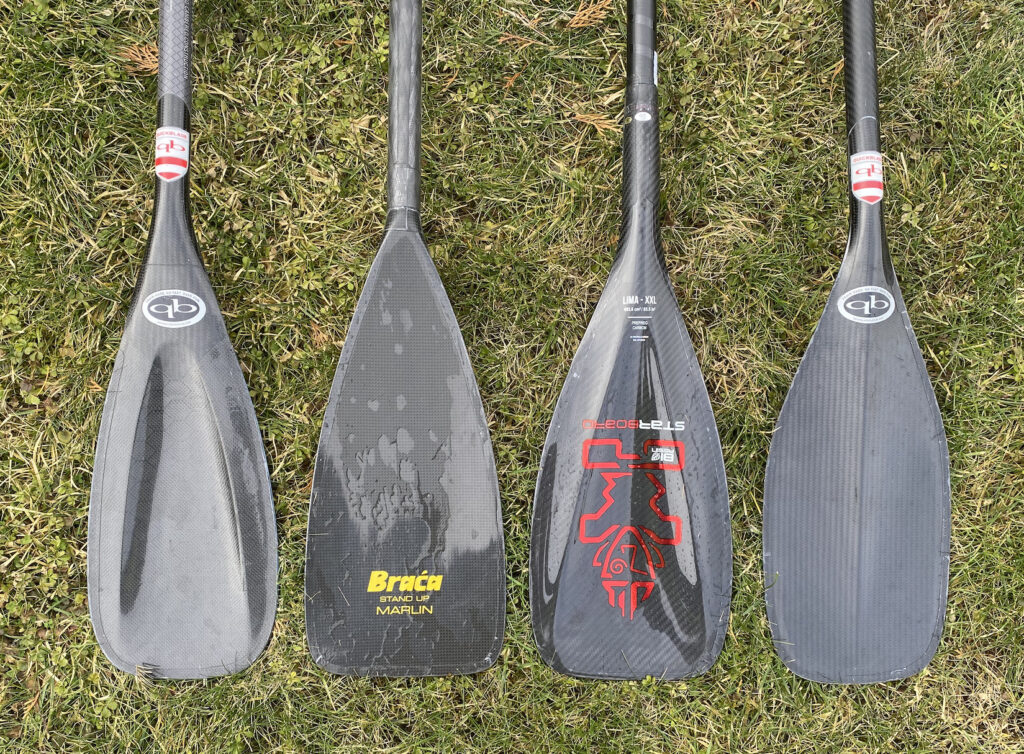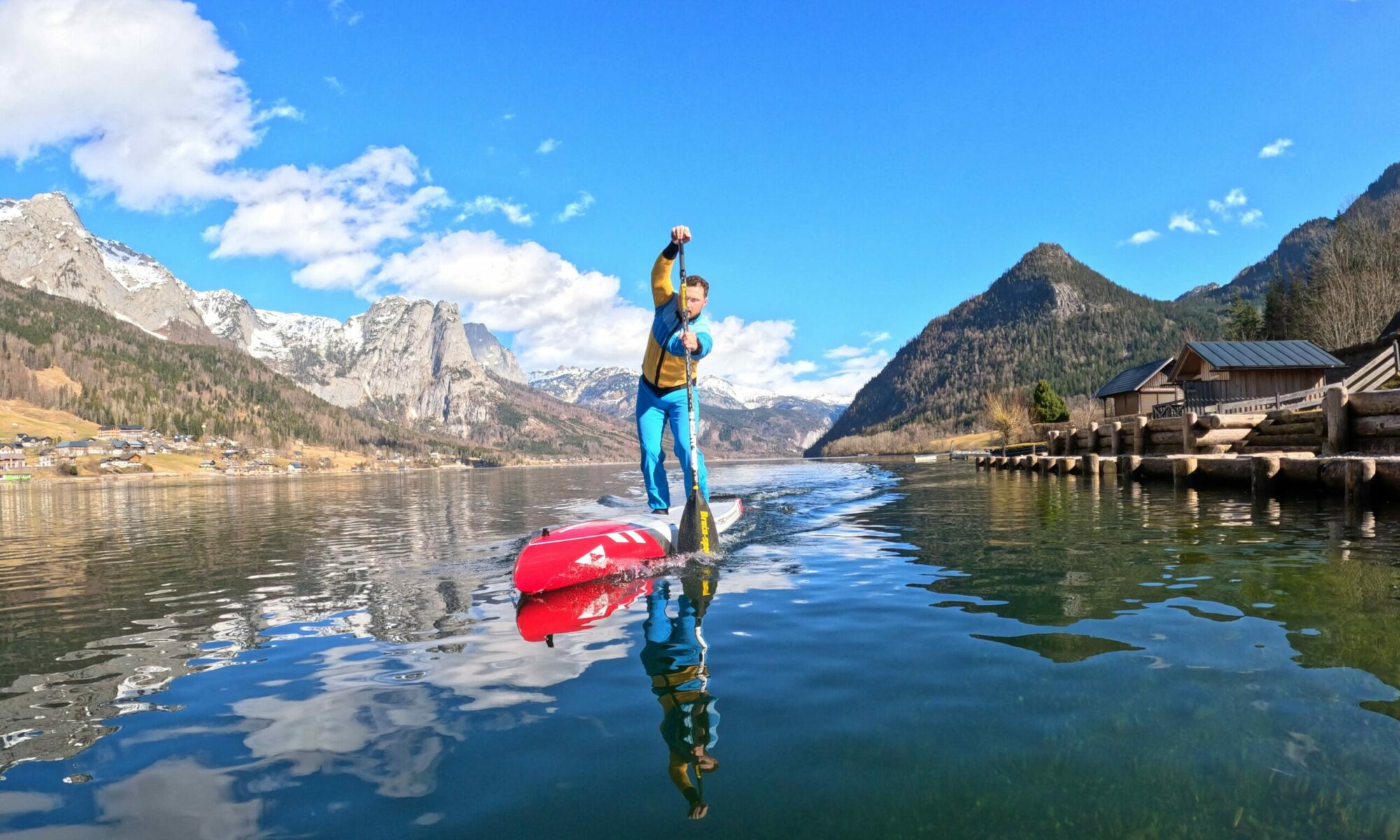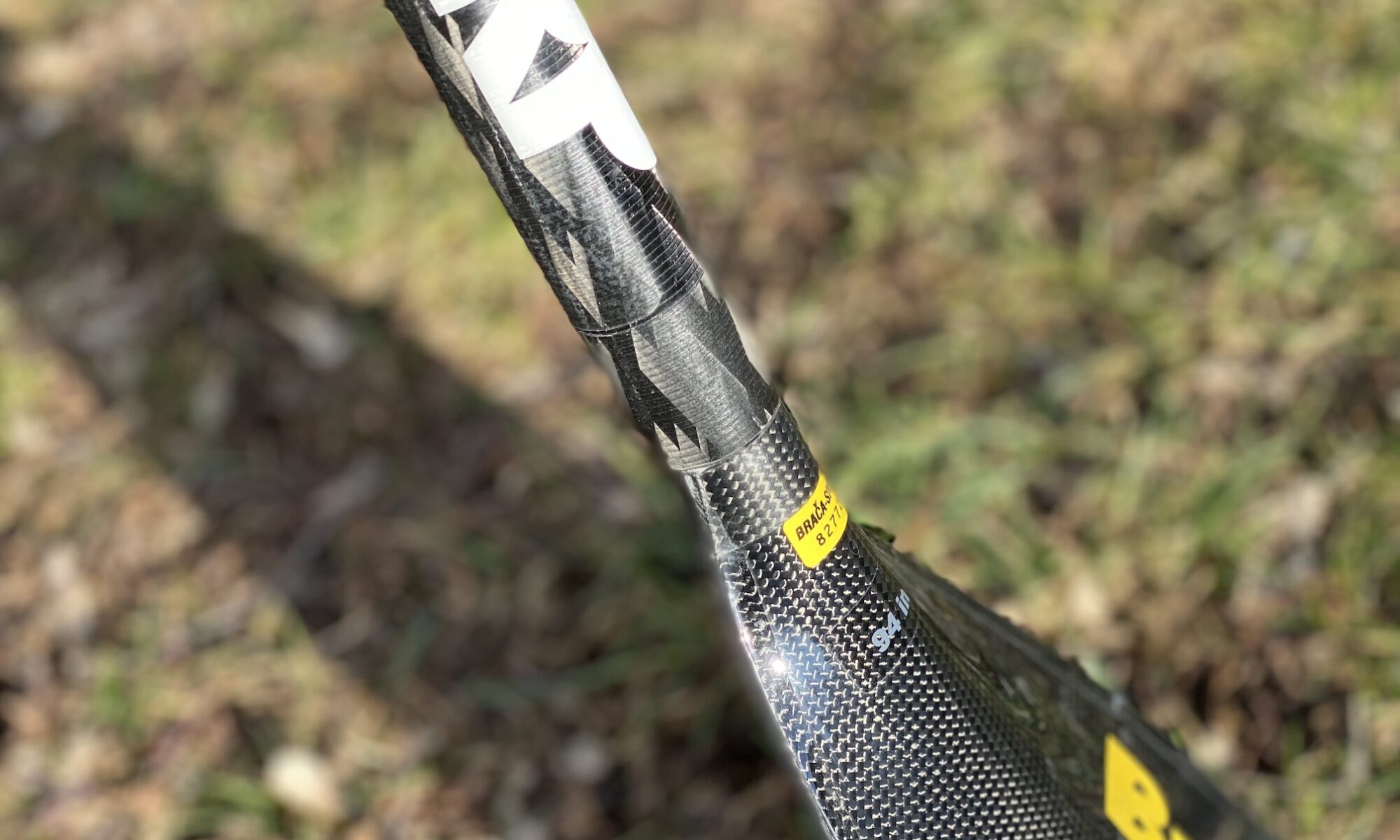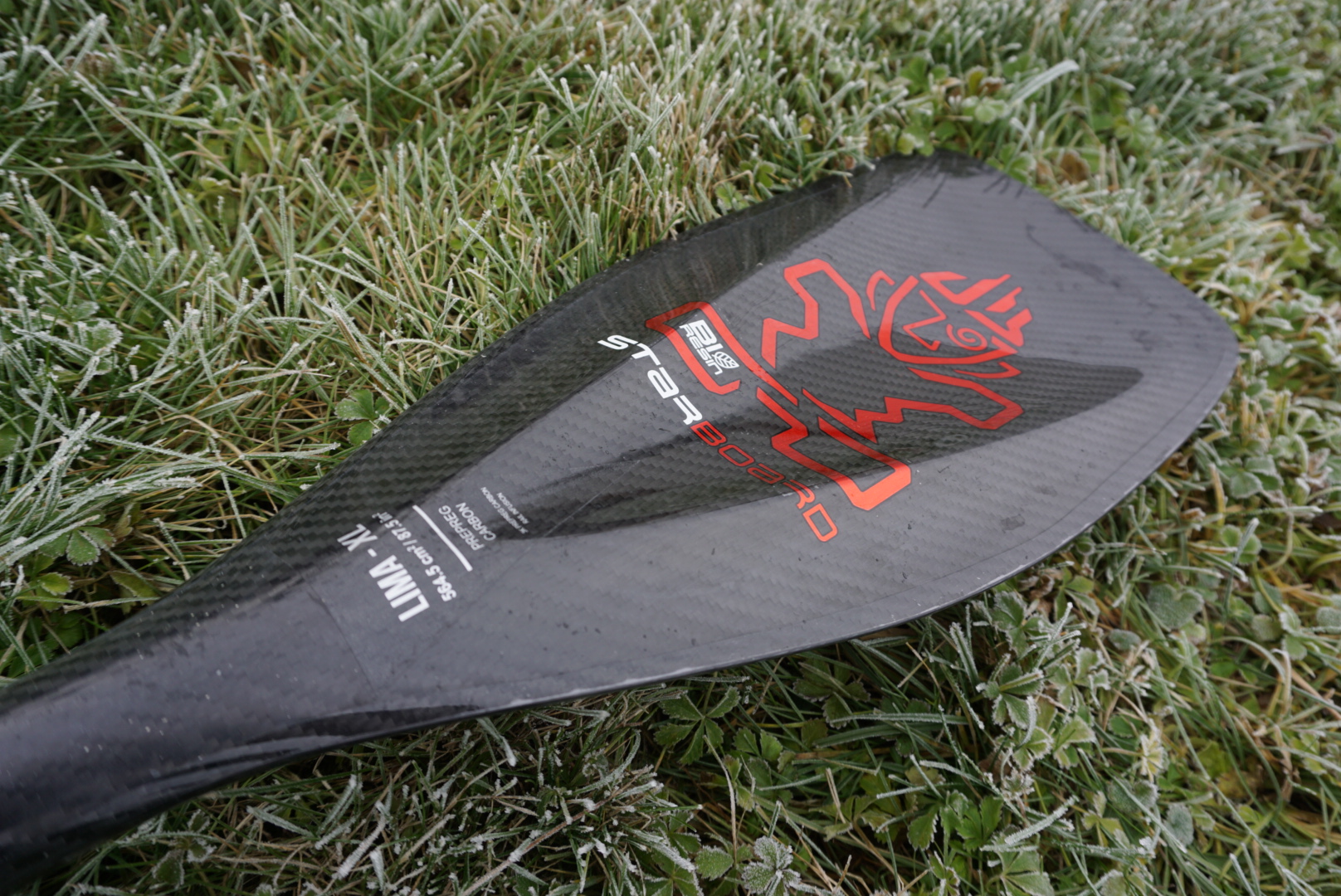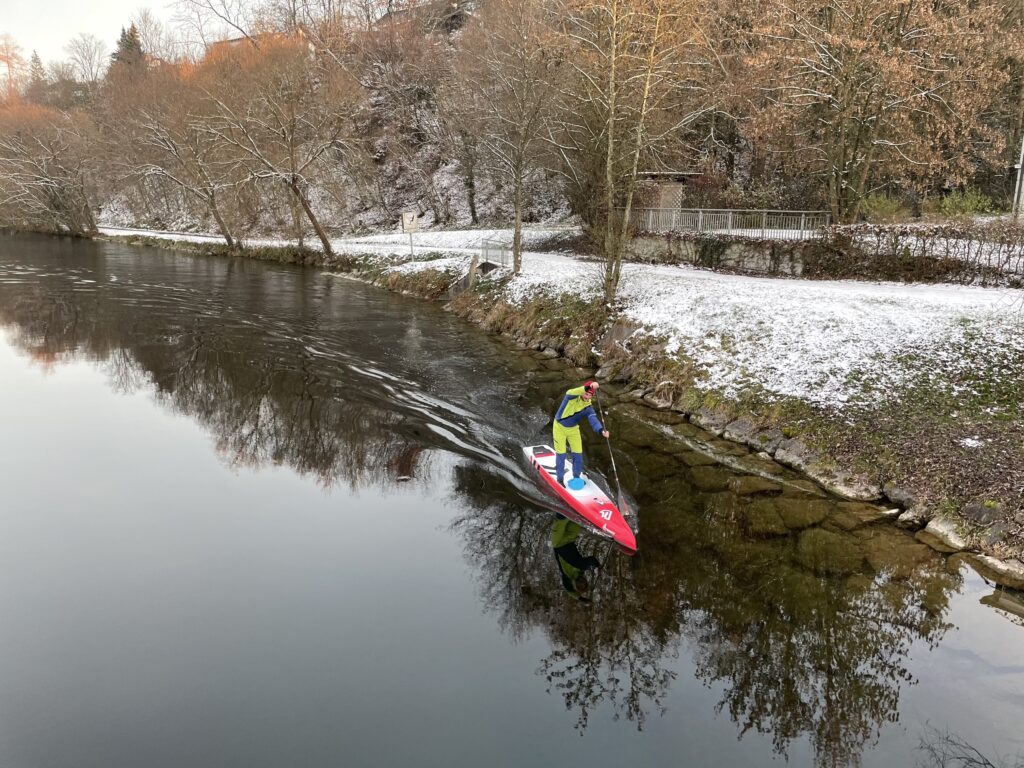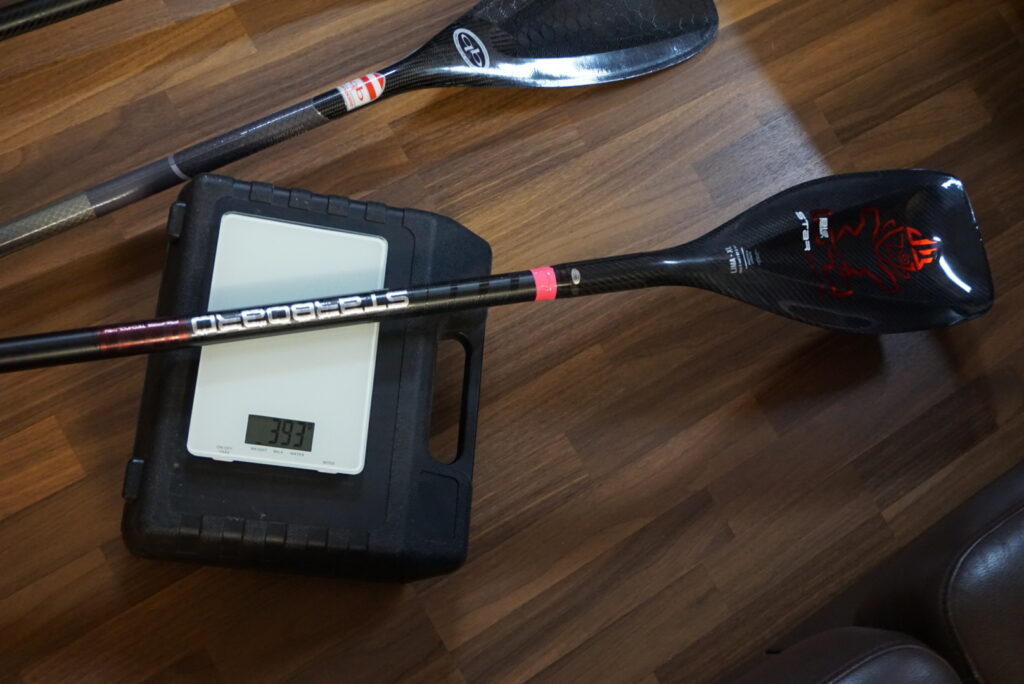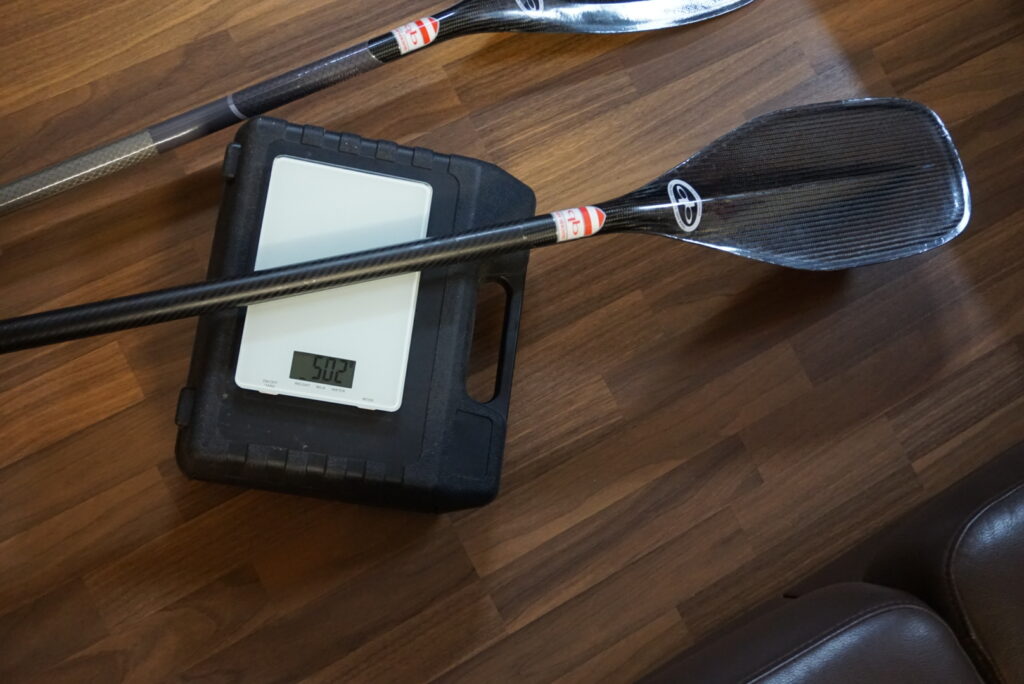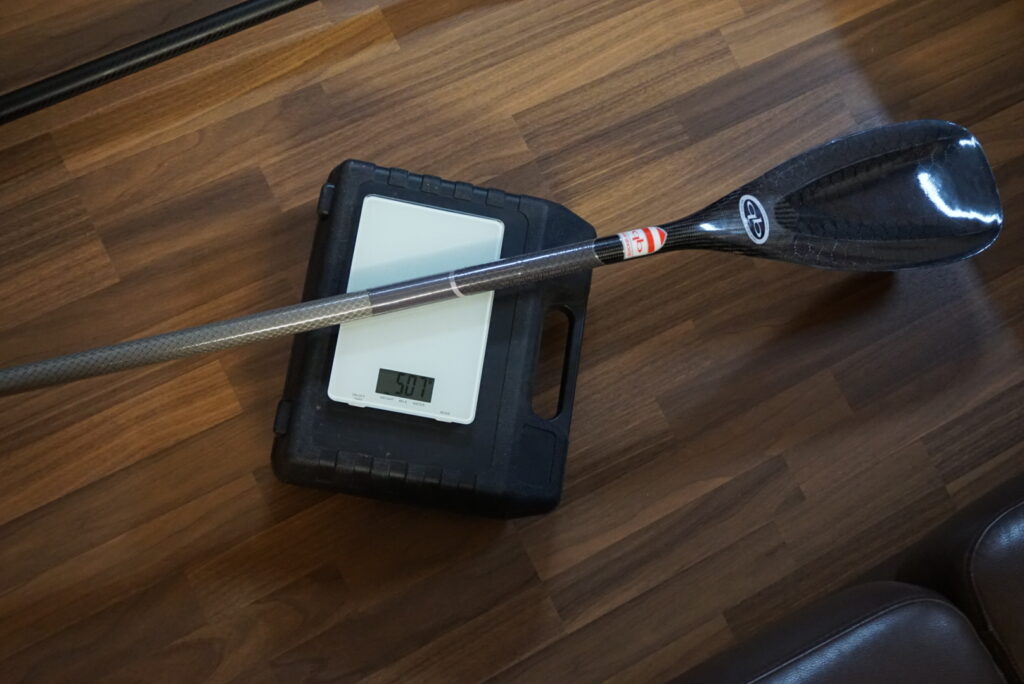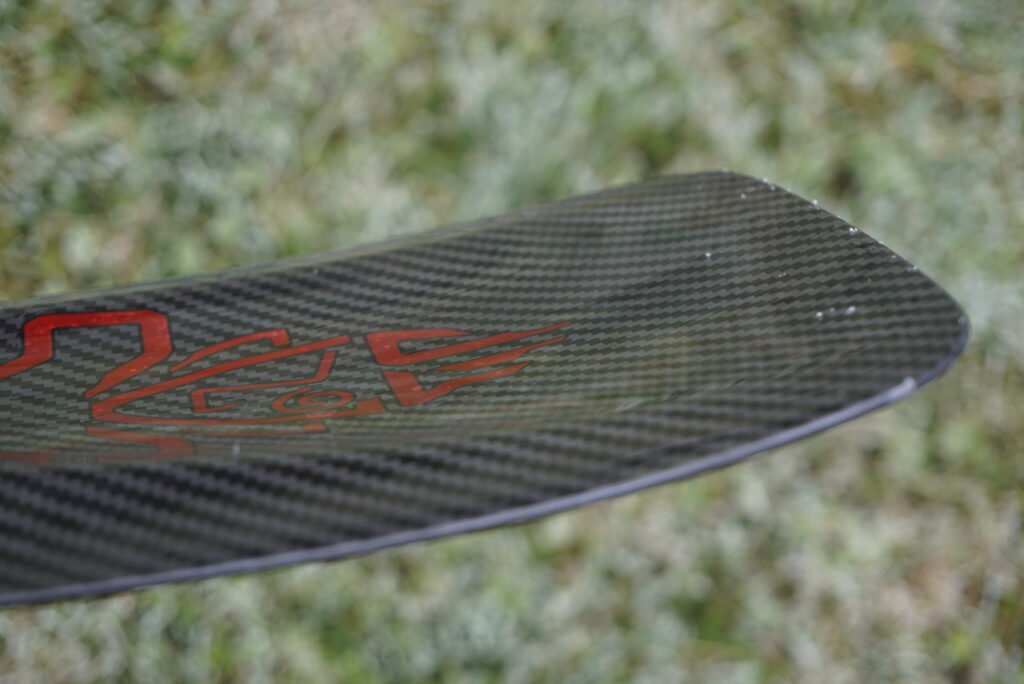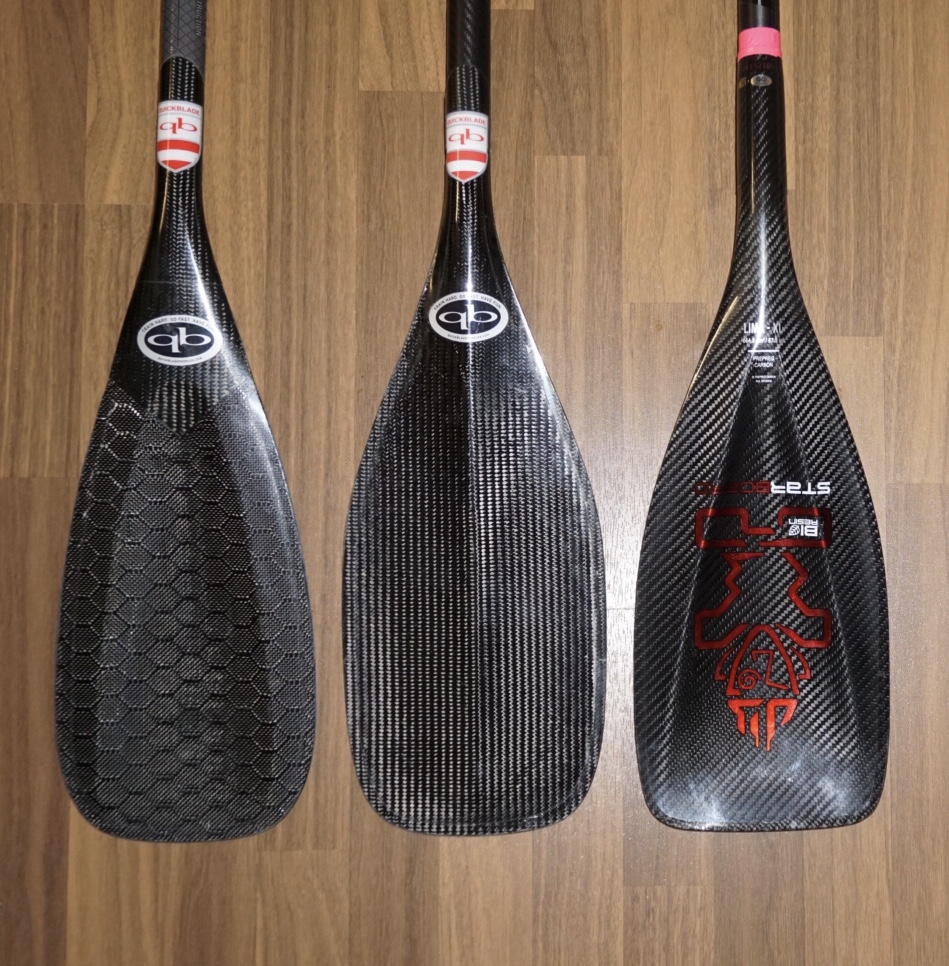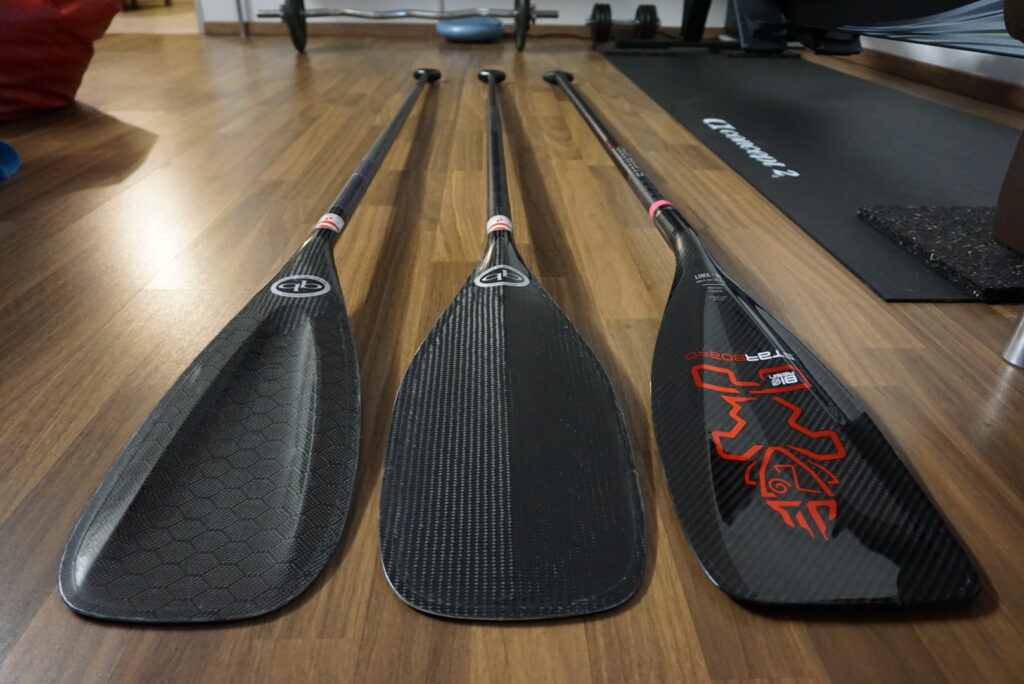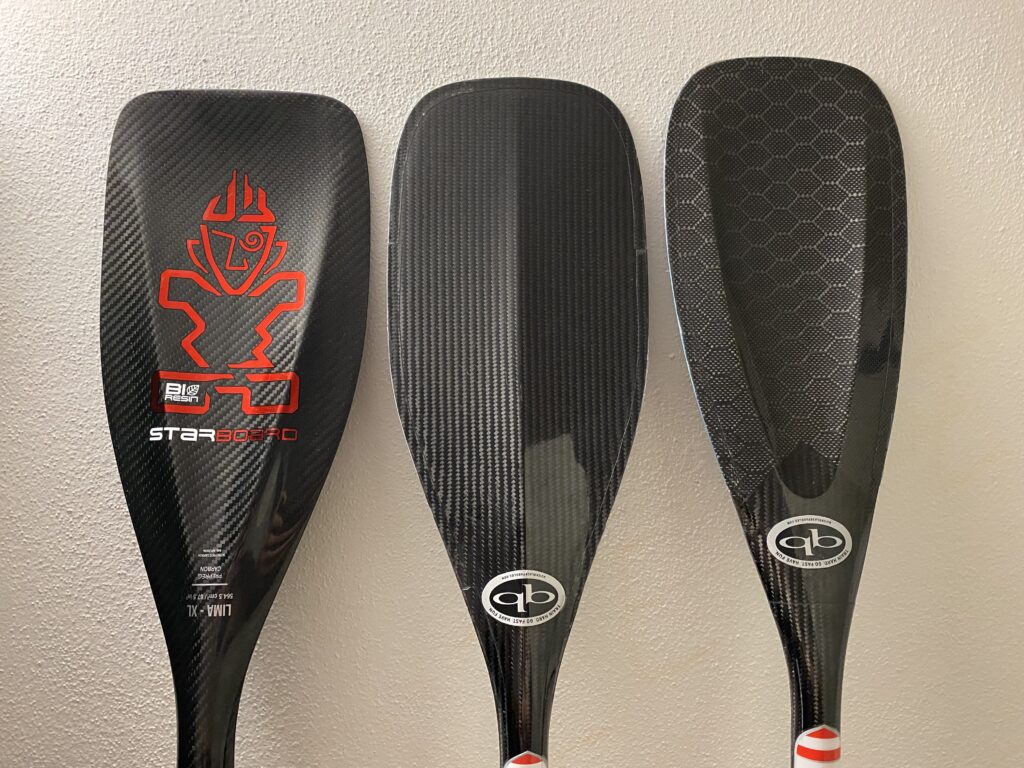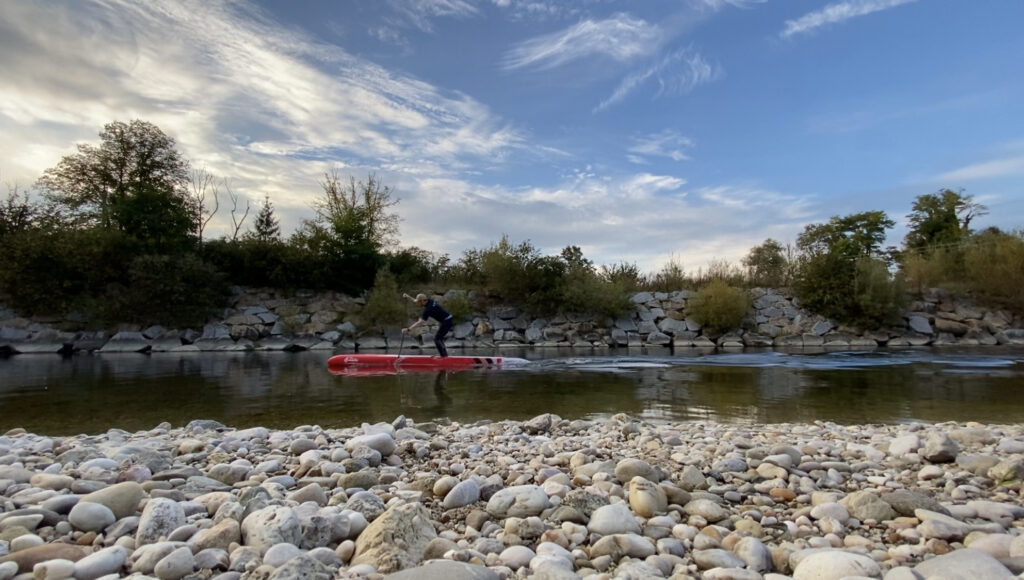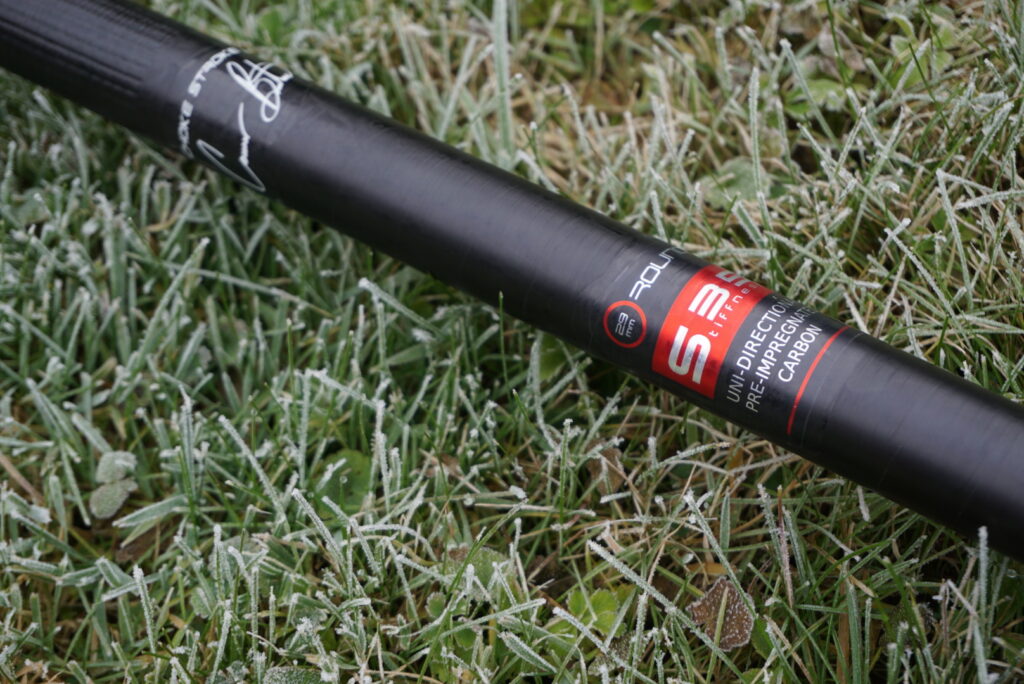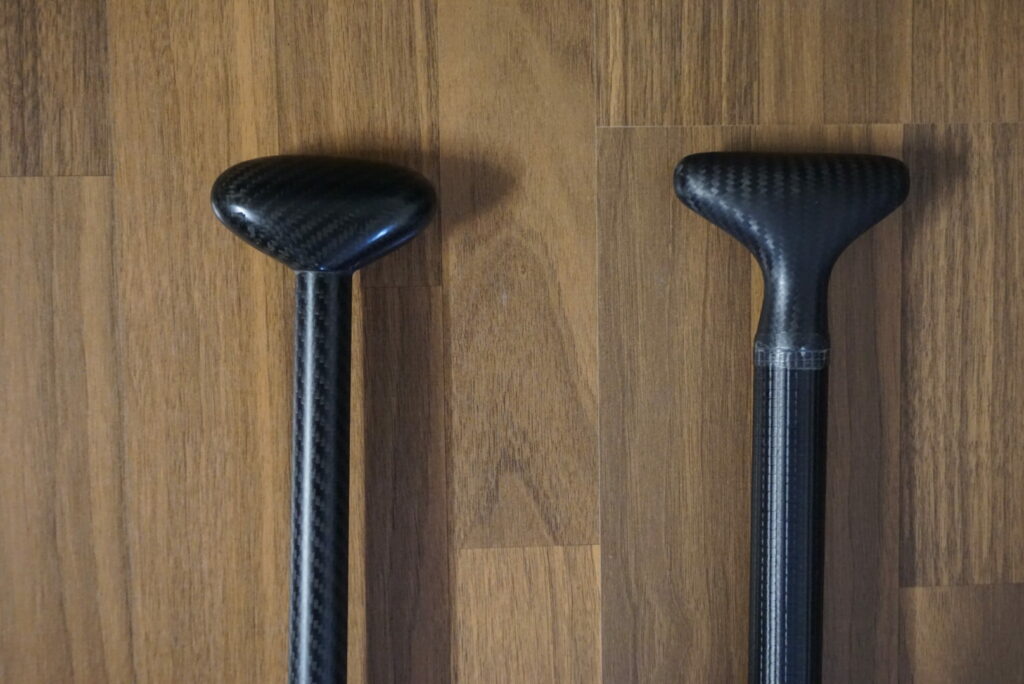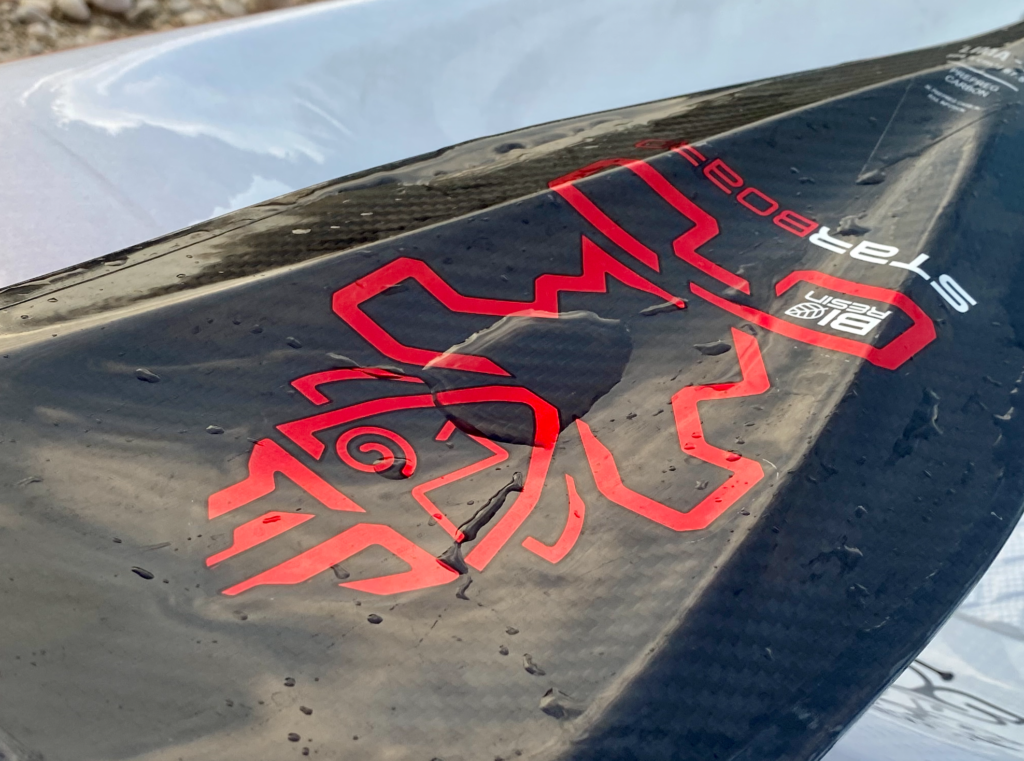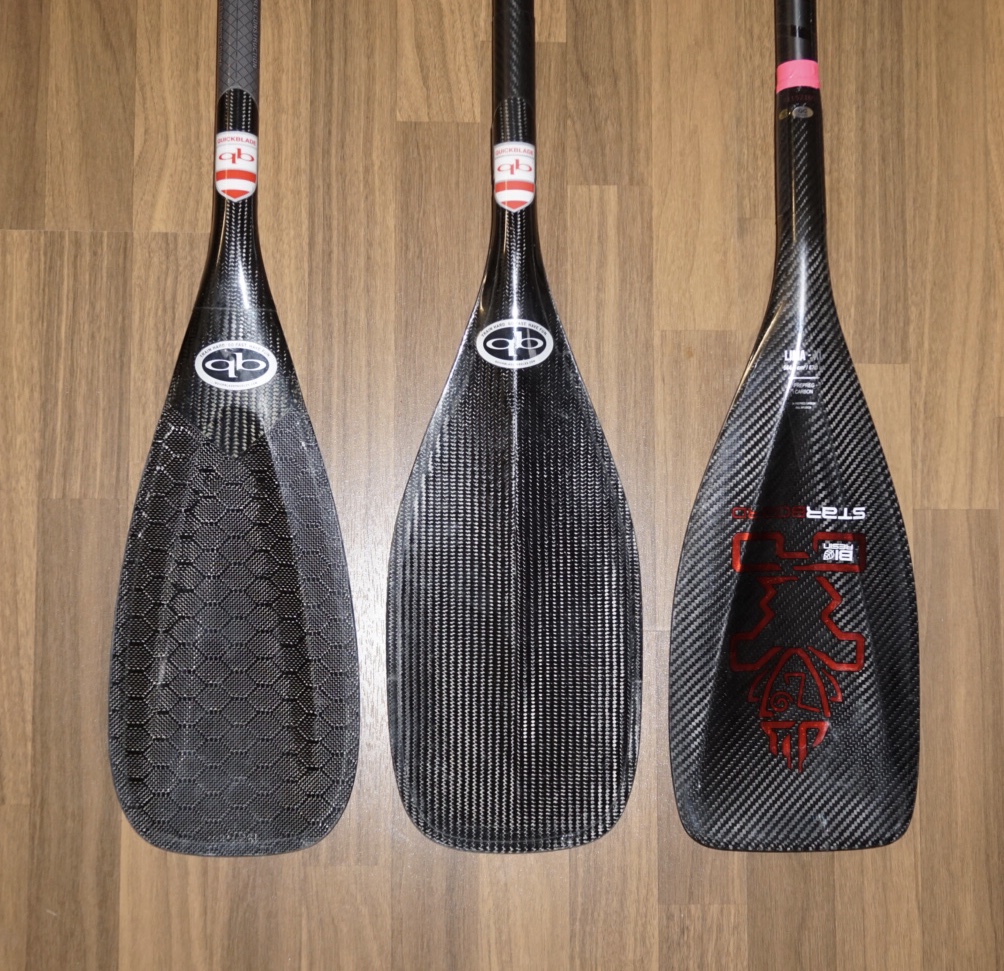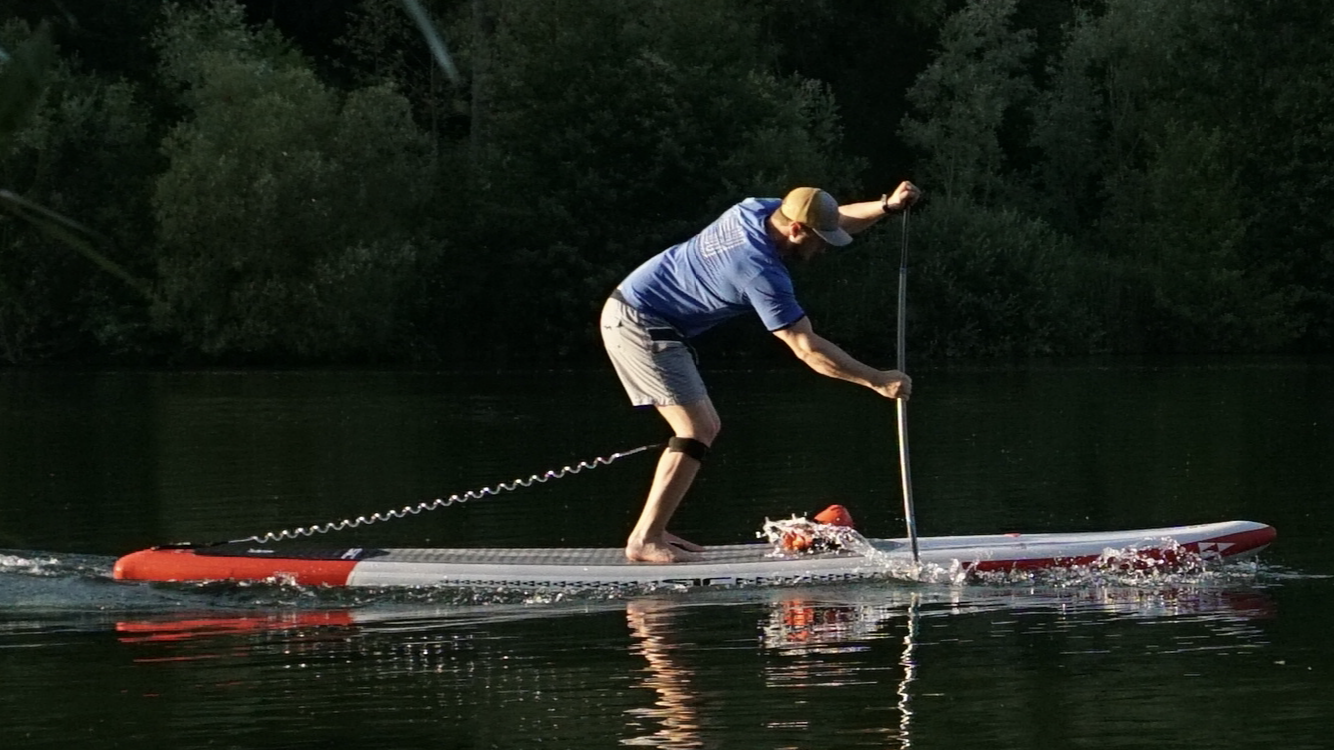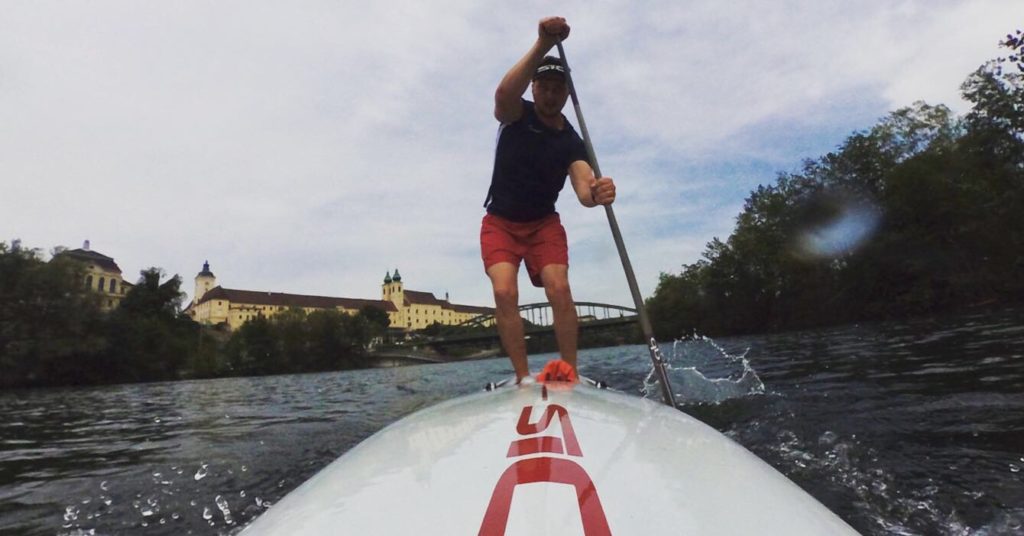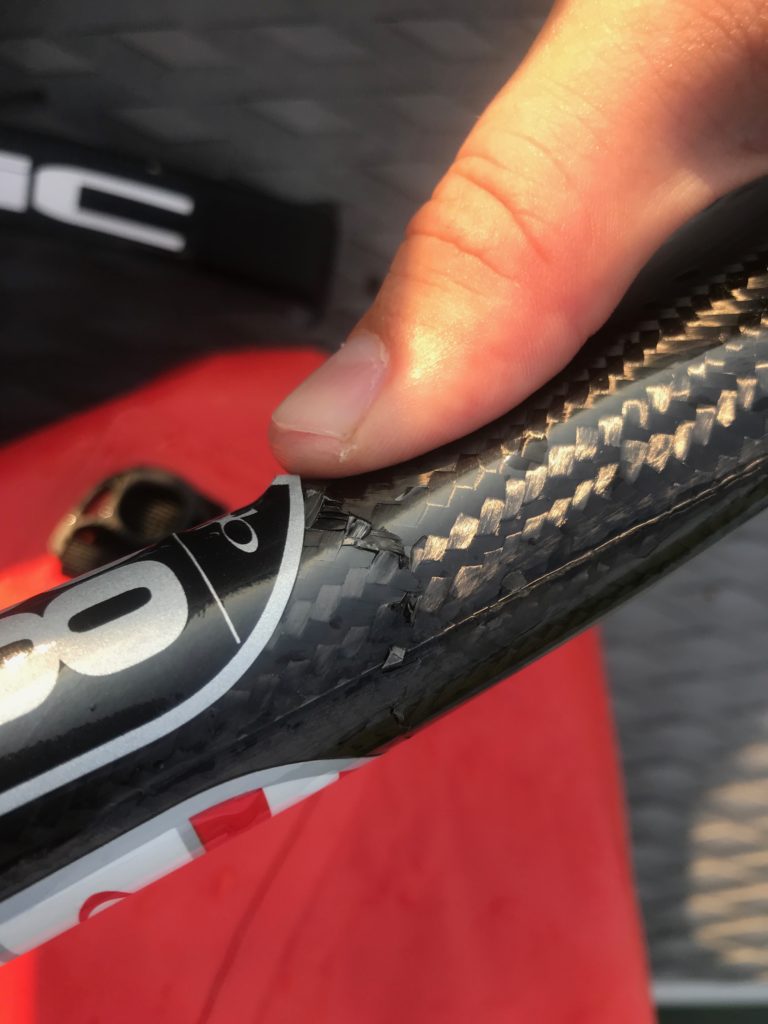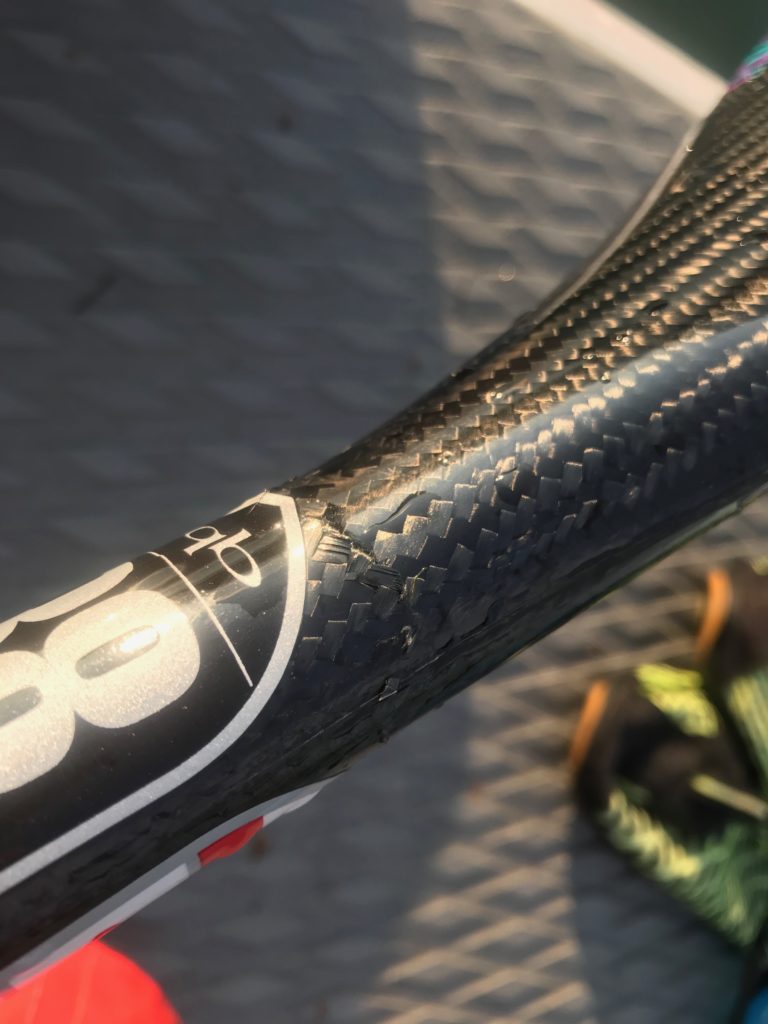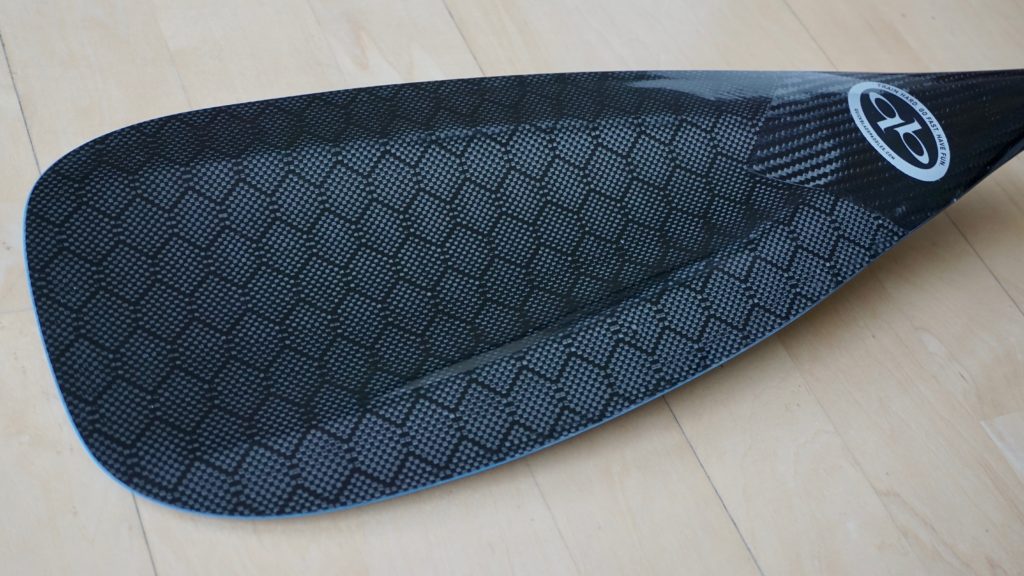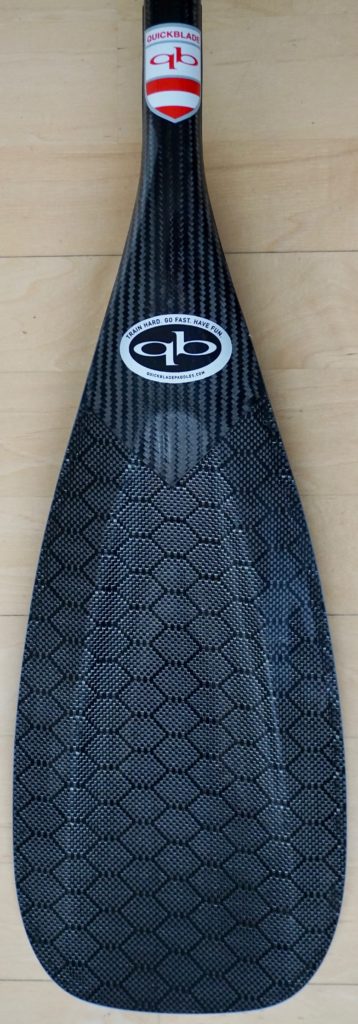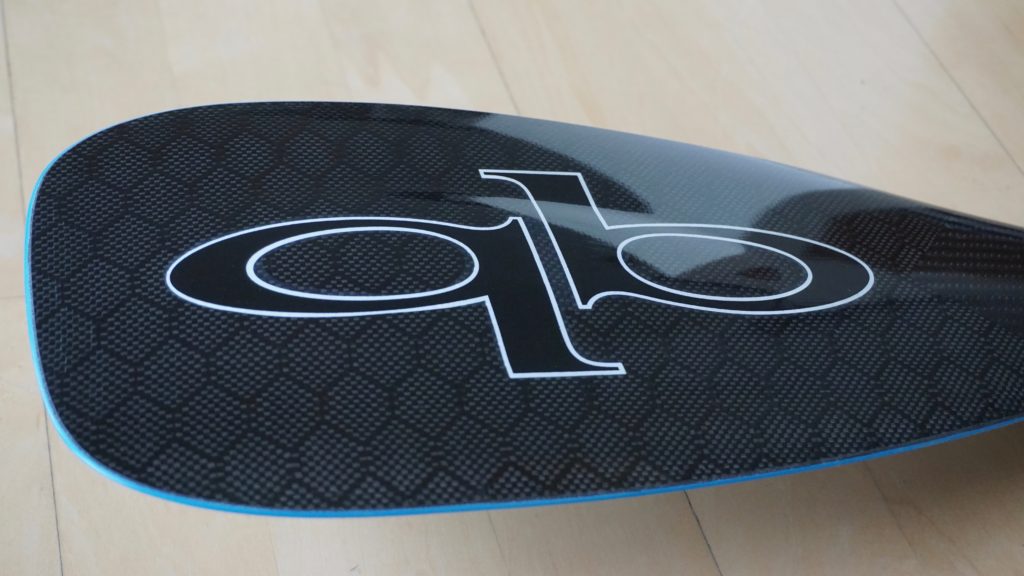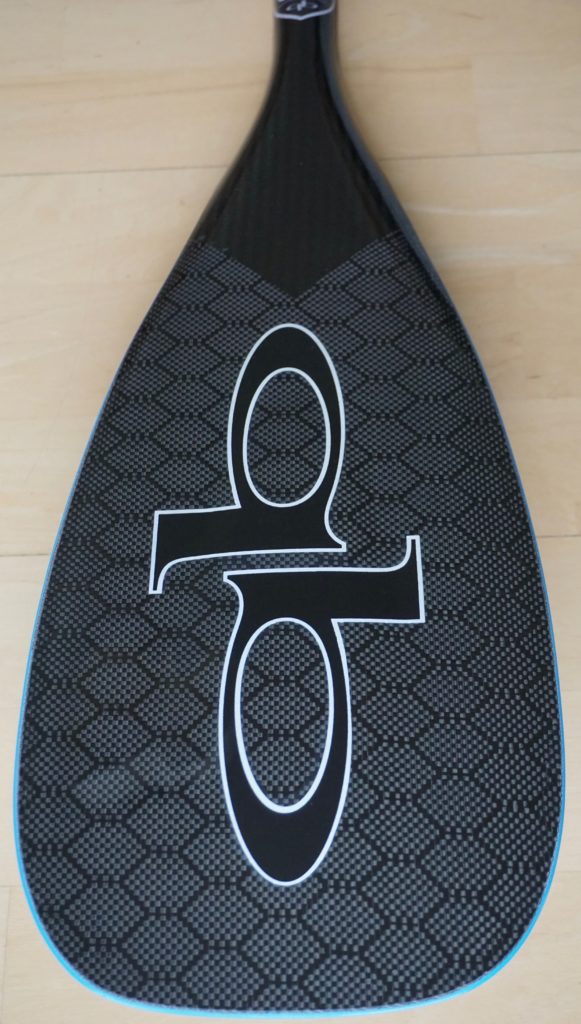A few years ago, in addition to Quickblade, it was the big SUP brands that offered noble carbon paddles. Now established European paddle manufacturers such as Braca Sport or Jantex are also pushing into the market. Together with Bruno Hasulyo the Braca Marlin was designed for the most demanding race paddlers. I chose to test this paddle because I wanted to have a 2 piece high performance paddle I can adjust to whatever board I’m currently testing. While the Starboard Lima or the Quickblade Trifecta stabilize themselves during the power phase, I knew the Marlin would be somewhat “different”.
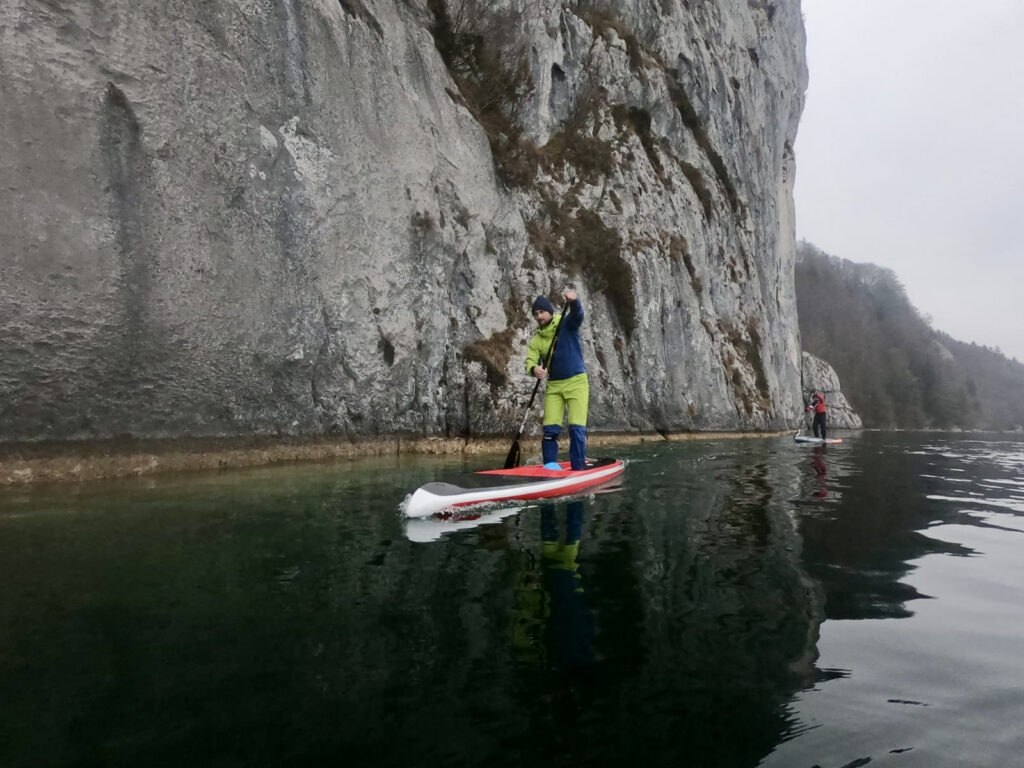
No Spine – Subtle 3D Concave
The Braca Marlin has a relative simple blade design without a spine or a dihedral and therefore needs a more controlled stroke to get the most out of it. While Paddles most popular designs use designs that minimized flutter, the Marlin needs some control during the power phase. When you accidently try to push with the upper hand, chances are good you’re loosing power and hit the sidewalls of your board. But why should you try to get a grip on this paddle? Due to the simple design with a wide base it provides lots of grip at he catch and when paddling properly also a good lock ending in a very clean release at the end of each stroke.
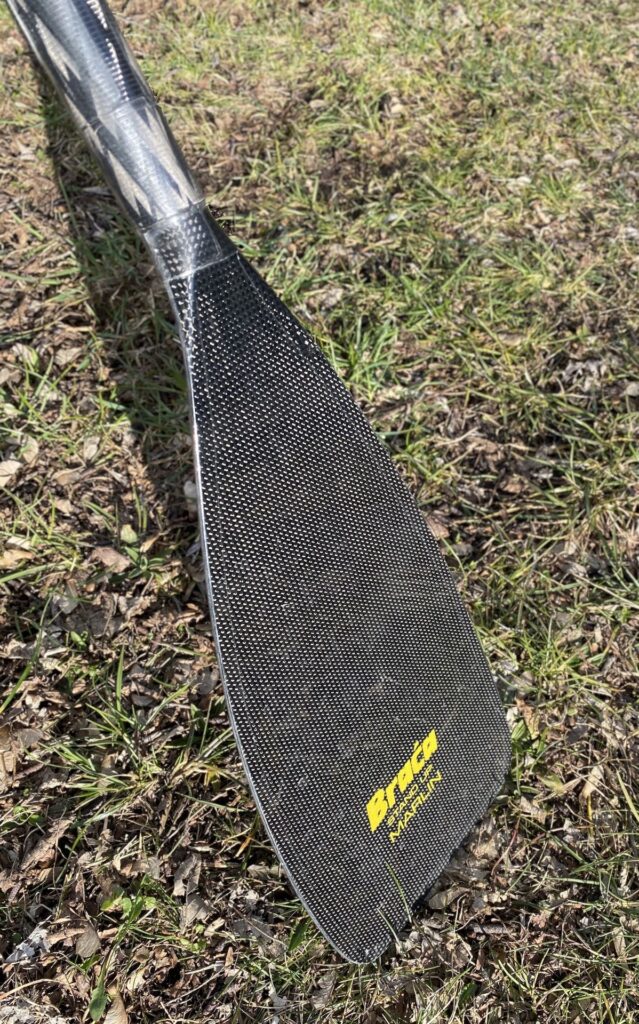
While I struggle at the exit with deep, concave designs like the Black Project Hydro FlowX, Starboard Lima, and a little less the Quickblade UV88, the Braca Marlin makes for a very clean and efficient Exitphase that allows you to maintain a higher cadence easier.
I opted for a two piece paddle, because standing height of my boards varies a lot and therefore I wanted to have the flexibility comparing the boards with the exact same paddle. At the Allstar 2019 I’m standing like 6cm higher than with the LightCorp Signature 2.0 and the Sprint and Strike is more like 4cm above waterlevel. In addition I do have the possibility to check if my paddling technique would benefit in different conditions from adjusting paddle height. I found it quite pleasing lowering the paddleheight another 2-3cm when paddling upwind or performing sprint intervals.
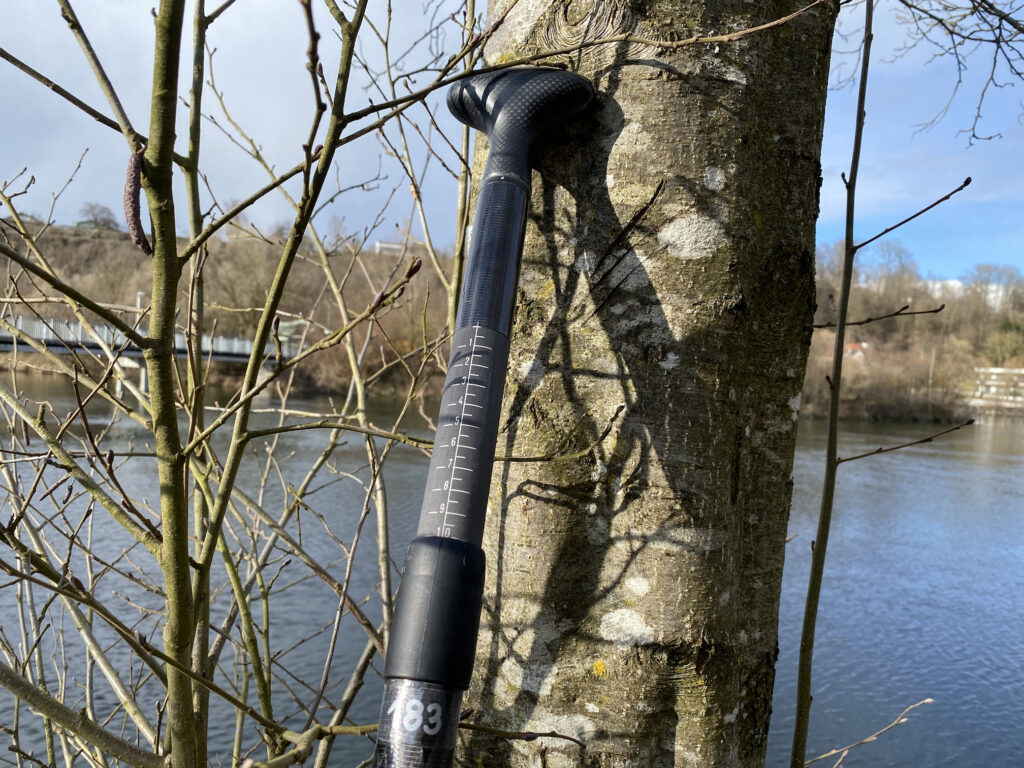
15cm of adjustment range 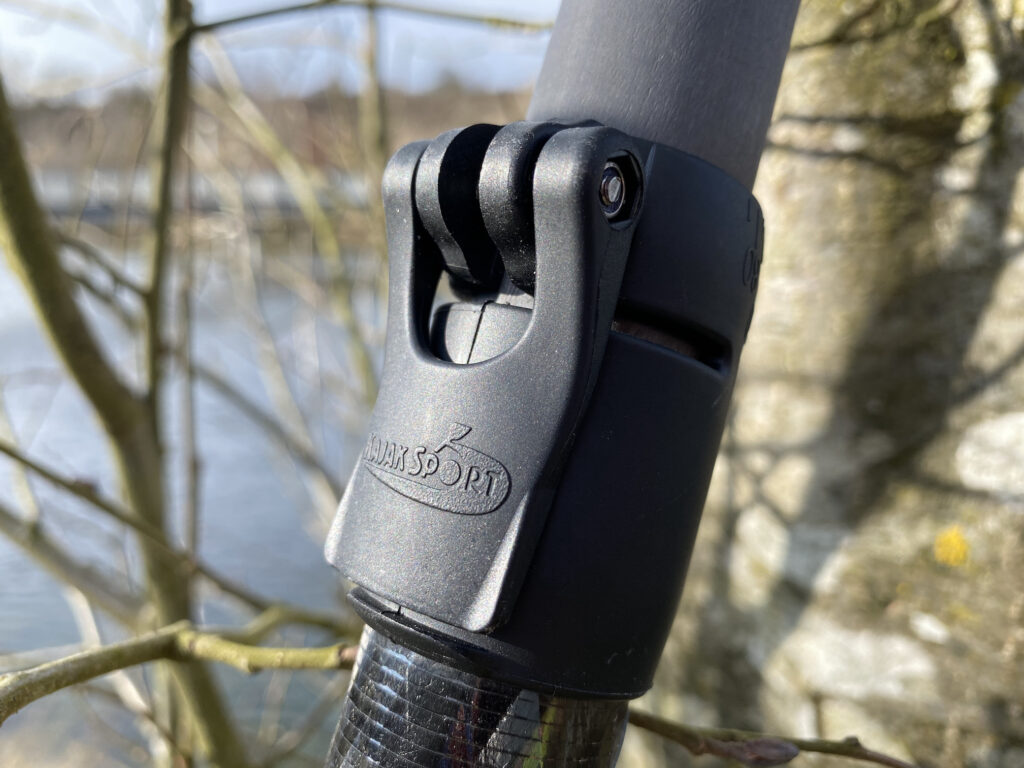
Solid clamp
Normally I’d feel an adjustable paddle could sacrifice speed maybe a little bit, but in this case flex performance, weight distribution and a reasonable but not too big adjustment range of 15cm feels quite perfect.
Build quality/Construction
To name the exact specification: I ordered a Braca Marlin 94sqi 2-piece adjustable, glossy stiff shaft with carbon palm handle. The shaft offers a lot of grip, even when it’s wet, due to its raw structure. Shaft diamater is 30mm and therefore thicker than most other paddles, people with small hands should be aware of that.
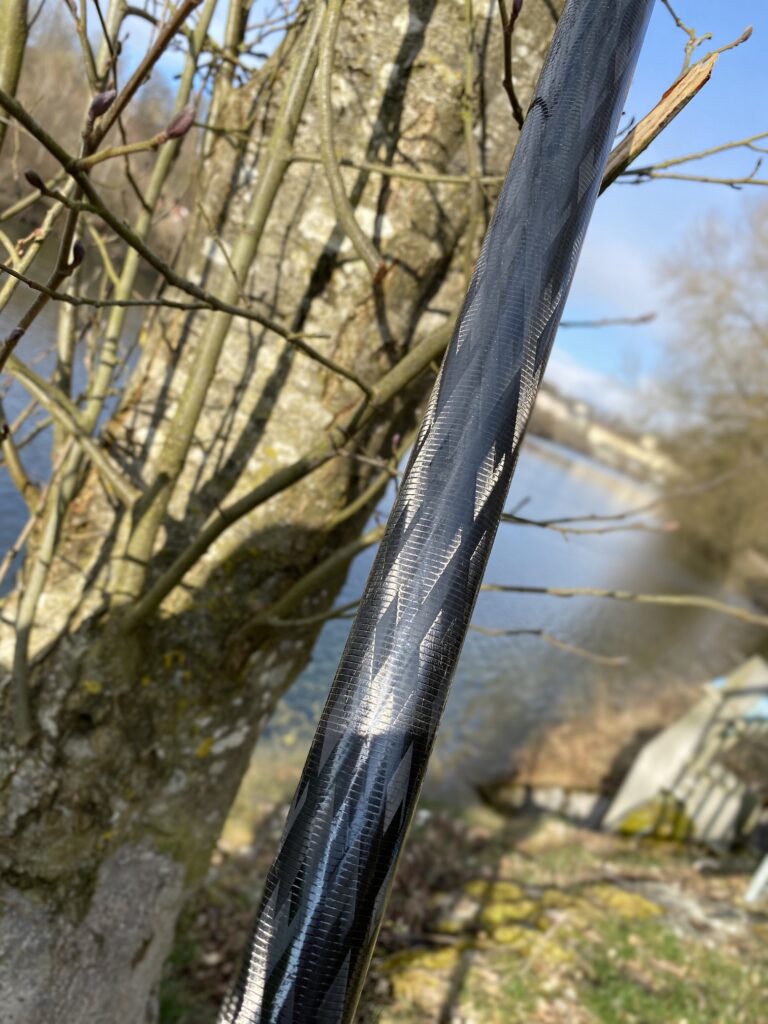
Grippy shaft, premium built. 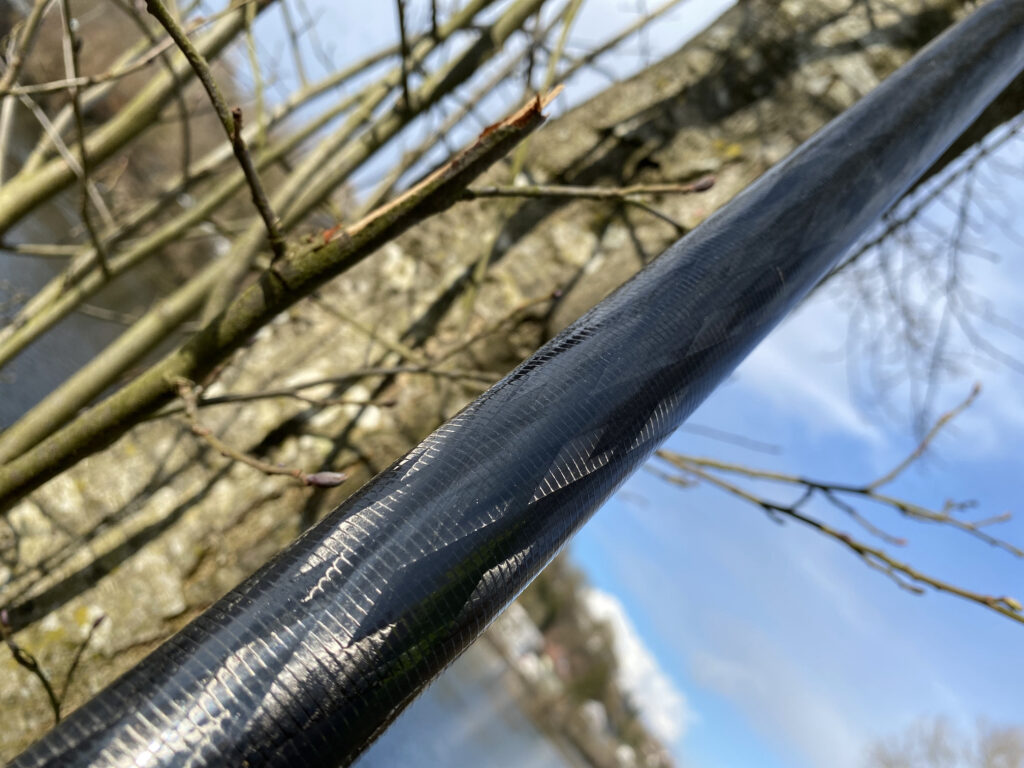
I like that layered carbon style!
When you get your hands on this paddle you would have no doubt this paddle could maybe last forever. It’s such a sturdy, well made piece of gear without a sign of being fragile like most other carbon paddles in the market. Yes, blade thickness is thicker than those of the main competitors, but I didn’t have a feeling this would disturb performace in any way.
The shaft is beautifully made with up to 27 layers of unidirectional carbon fibers and offers an absolute premium feeling. Until now only Quickblades Diamond Elite Shaft, or Jantex offered such a good and grippy feeling.
Quality is really top notch and I think this paddle will last a lot longer than many other premium carbon paddles when using it in techraces etc.
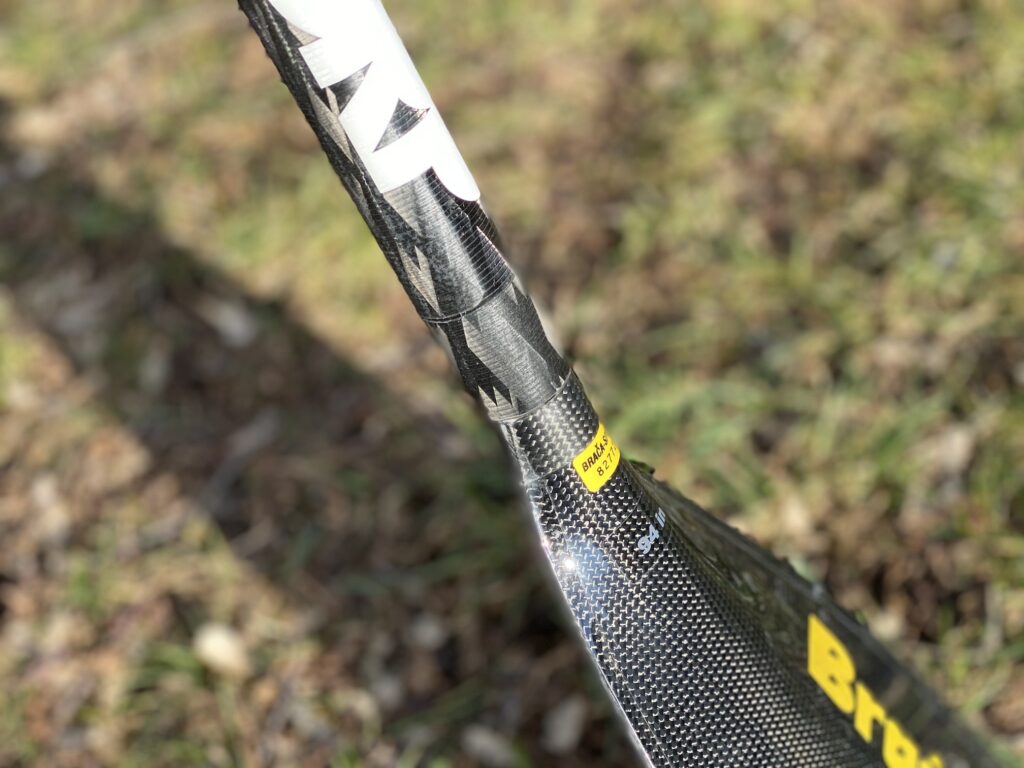
The blade is stiff while having a low profile that enters the water quickly and provides a good, but not aggressive pressure build up during the catch phase. Maybe that’s the case why I went for this paddle for my last trips with 15km+. Neither my shoulders, nor my forearm did show excessive strain after demanding sessions . One thing I noticed, was that when I got I little tired, I had to be more focused keeping a clean technique than with the Lima or the Jantex Ypsilon. With all the stickers and protective layers the Marlin weighs 563g, fairly okay for a heavy duty 2 piece paddle 😉 (183+15cm).
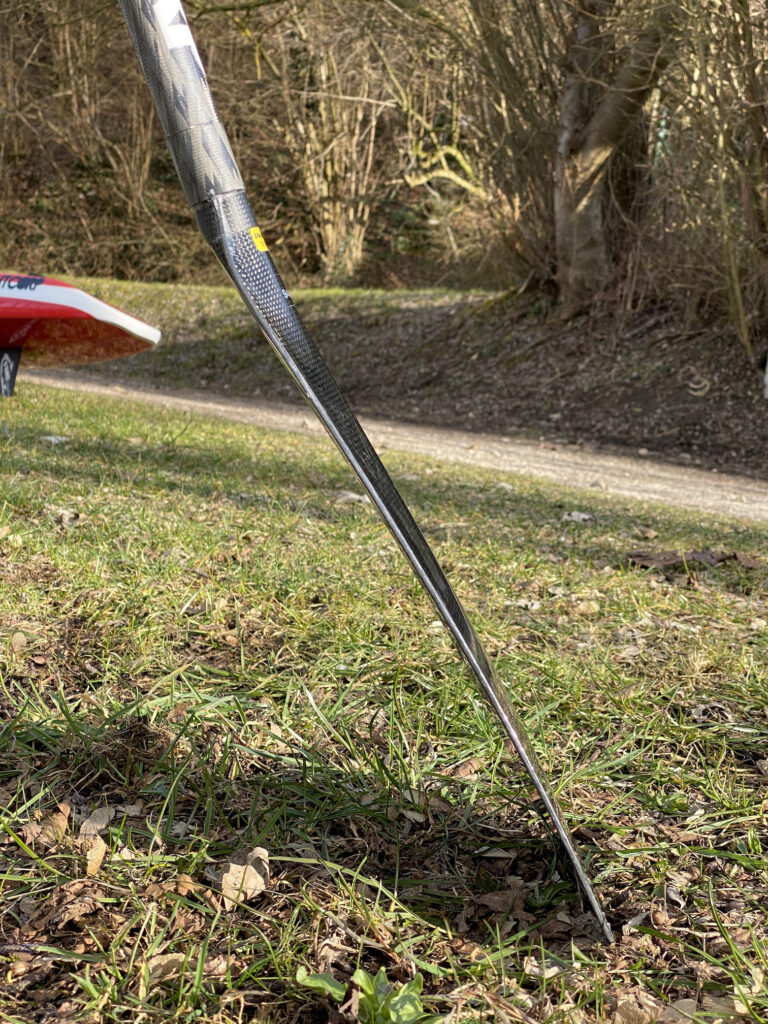
During sprints I love the way this paddle flexes, it’s definitely one of the stiffer paddles I’ve tested but also forgiving enough to be used for longer paddling sessions. Braca is now offering an even bigger blade for the biggest and tallest guys out there, for me the 94sqi seems to be a perfect fit that suits my paddling technique. I do trust the paddle when loading it with all I’ve got and it’s possible to paddle it casually, without focusing too much on a clean exit.
The palm handle feels quite good but not as premium as the Quickblade Handle. The adjustment system works quite well and I did never have a problem with it disturbing me while changing paddling side and there would also be a more premium metal clamp option. I didnt have the option for this clamp, but as it sticks out a little more I don’t feel I’m missing anything.
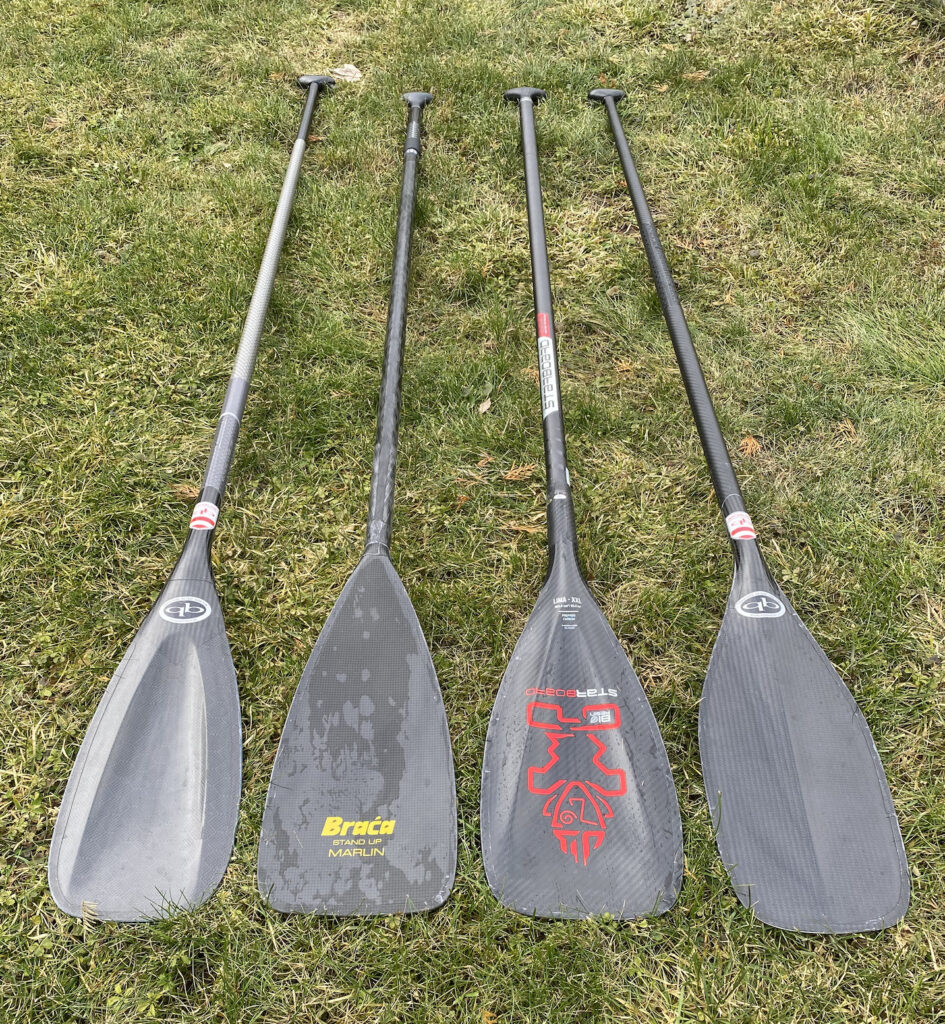
This paddle is a nice addition to my collection and since I’m used to this paddle, chances are high I’ll also use it for most races.
Braca provides a special hot glue to mount the blade and the handle, therefore maybe I’ll try a different handle if my preferences are changing.
Final Verdict
So this paddle may not be a solution for everyone, but if you prefer dialing in a proper paddling technique and want a paddle that is well designed and holds up for longer than most other paddles, you should have an eye on this paddle.
